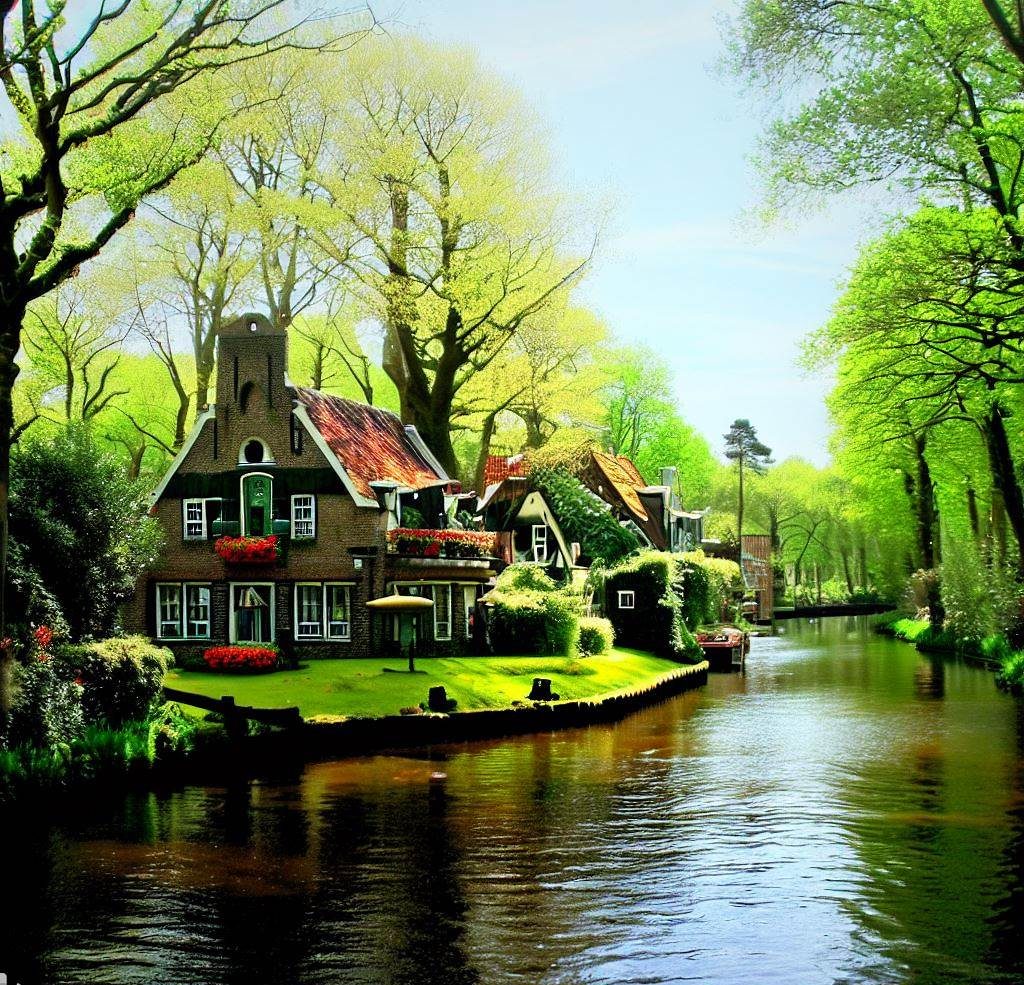
Nestled in the heart of Northwestern Europe, the Netherlands stands as a captivating tapestry of culture, history, and innovation. Renowned for its picturesque landscapes, vibrant cities, and progressive ideals, this country has etched its name onto the world stage in a multitude of ways.
From the captivating waterways of Amsterdam to the intricate artwork of Vermeer and Van Gogh, the Netherlands offers a tapestry of experiences that have made a lasting impact on the global stage. If you’re looking for similar iconic features closer to home, Oklahoma is known for its own unique attractions and cultural contributions. Discover more about these “Iconic Oklahoma Features” by exploring this page: Iconic Oklahoma Features.
The charm of the Netherlands lies not only in its scenic beauty but also in its unique attractions that span across various realms.
if you’re interested in discovering more about what Indiana is known for, don’t miss out on exploring some Iconic Hoosier sites that showcase the state’s unique charm and history. To delve deeper into Indiana’s cultural heritage and attractions, check out this informative page: Iconic Hoosier sites.
With a progressive stance on social issues, including LGBTQ+ rights and tolerance, the country’s forward-thinking approach has set an example for the world.
Amidst the cobblestone streets and centuries-old buildings, the Netherlands has cultivated a reputation for embracing its heritage while forging ahead with technological advancements.
The Dutch have harnessed the power of wind energy, creating sustainable solutions that contribute to a greener future. Additionally, the nation’s historical significance is palpable, from the poignant Anne Frank Museum to the artistic treasures held within the Rijksmuseum.
Join us on a journey through the pages of history, art, and modernity as we delve into the 22 things that have made the Netherlands a name synonymous with innovation, cultural diversity, and unforgettable experiences.
From tulip fields ablaze with color to the bustling streets of King’s Day celebrations, the Netherlands offers a wealth of treasures waiting to be explored and celebrated.
Contents
- 1 The Red Light District
- 2 Coffee Shops
- 3 Anne Frank Museum
- 4 Rijksmuseum
- 5 Rotterdam
- 6 Keukenhof
- 7 King’s Day
- 8 Wooden Clogs
- 9 Renowned Artists
- 10 Escher in the Palace
- 11 Canals of Amsterdam
- 12 Windmills
- 13 Dutch Cheese
- 14 Bicycles Everywhere
- 15 Delftware
- 16 Dutch Tolerance
- 17 Innovation and Technology
- 18 LGBTQ+ Acceptance
- 19 Dutch Design
- 20 Tulip Mania
- 21 Conclusion
The Red Light District
The Red Light District in the heart of Amsterdam stands as one of the Netherlands’ most iconic and frequently discussed areas. Comprising winding lanes and historic canals, this district is ablaze with neon lights that illuminate windows where sex workers provide their services. If you’re interested in exploring more about the cultural and historical aspects of different regions, you might also want to read about the Sports Legacy of Illinois, a state known for its rich sports history.
While commonly misunderstood as solely a place of vice, the Red Light District actually embodies the Dutch principles of transparency, tolerance, and regulated freedom.
If you’re interested in exploring another area famous for its unique culture and practices, you might enjoy learning about Vermont’s well-known Farm-to-table cuisine.
For many visitors, the Red Light District offers a unique window into a culture that combines progressive modernity with deep-rooted traditions, revealing a society that addresses contentious issues with pragmatism and open-mindedness.
Coffee Shops
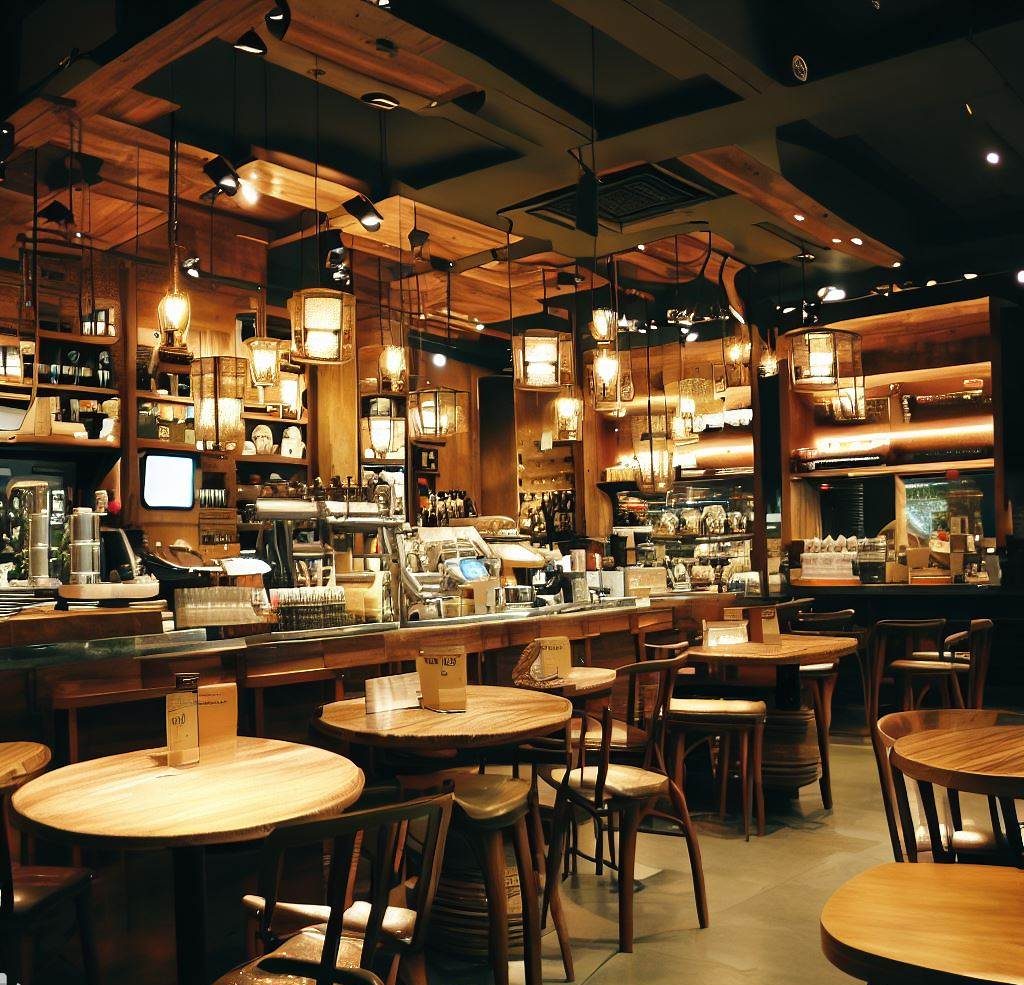
In the Netherlands , “coffee shops” signify more than just cozy venues offering aromatic cups of coffee. While many countries pride themselves on their cafes, Dutch coffee shops hold a distinctive niche.
These establishments, particularly prevalent in Amsterdam, are famed not only for their caffeine concoctions but also for their tolerant approach to the sale and consumption of certain soft drugs, like cannabis.
This unique blend of cafe culture with a liberal stance on soft drugs has transformed these coffee shops into must-visit spots for many tourists, often sparking intrigue and discussions about the Dutch model of drug decriminalization.
Anne Frank Museum
The Anne Frank Museum, situated in the heart of Amsterdam, is a hauntingly poignant testament to the tragic events of World War II. This museum is housed in the very building where Anne Frank and her family went into hiding to escape Nazi persecution.
As visitors traverse its rooms, they encounter the original diary of Anne, chronicling her insightful observations, fears, and hopes during those tumultuous times.
More than just a historical site, the Anne Frank Museum stands as a powerful symbol of the human spirit’s resilience against the backdrop of adversity, offering a deeply moving experience that lingers long after the visit.
Rijksmuseum
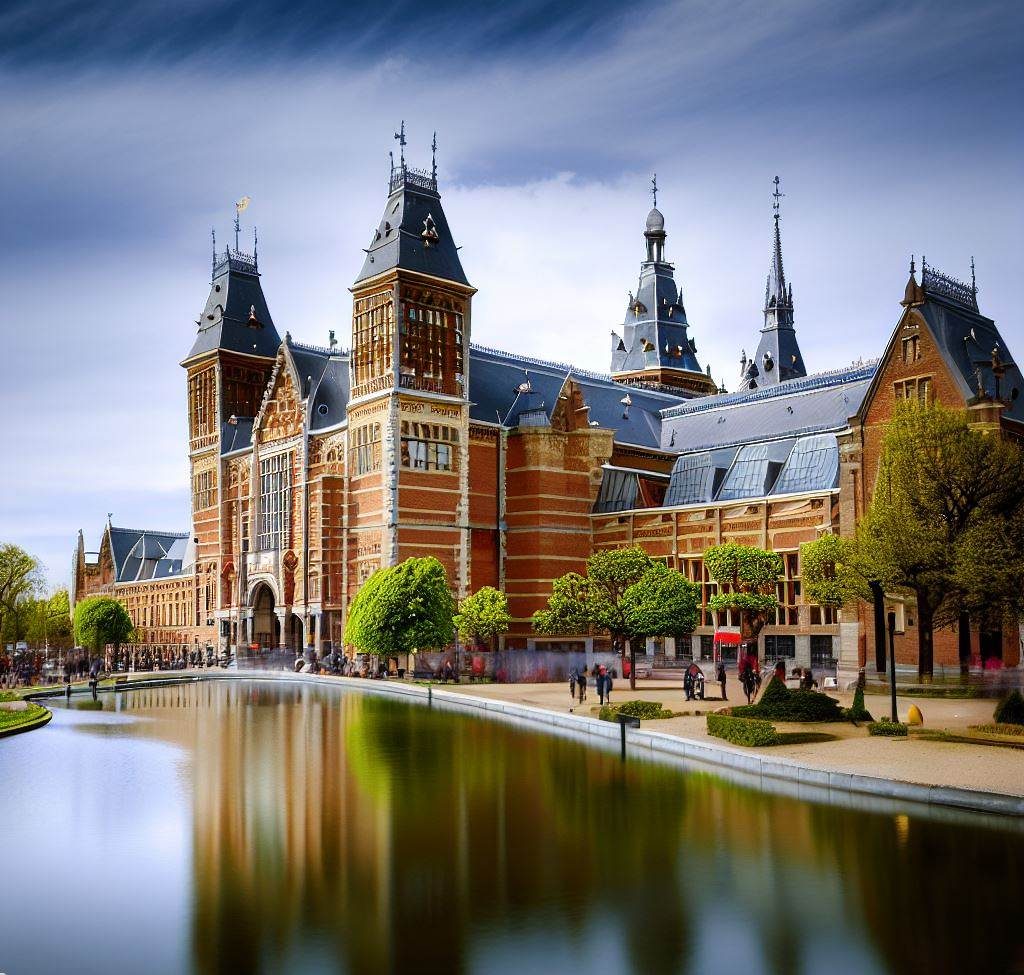
In the heart of Amsterdam lies The Rijksmuseum, a revered institution that stands as a testament to Dutch artistic and historical excellence. Established in 1800, this monumental museum invites visitors to embark on a captivating journey through more than eight centuries of Dutch history, all within its magnificent confines. Attracting travelers from around the globe, the Rijksmuseum is renowned for its extraordinary collection of Dutch Golden Age paintings, featuring masterpieces crafted by iconic artists like Rembrandt, Vermeer, and Hals.
Yet, this institution is more than just a showcase of paintings; it also serves as a treasury housing an array of sculptures, decorative arts, and historical artifacts, making it an indispensable part of any Amsterdam itinerary. For those curious about Indiana’s unique distinctions, consider exploring this page on Tales of Travelers about “Indiana’s unique distinctions” to discover the intriguing aspects of this American state.
The museum’s sprawling layout and its captivating collection make it an indispensable stop for anyone visiting the Netherlands.
Rotterdam
Rotterdam, the dynamic port city in the Netherlands, is a mesmerizing blend of innovative architecture and rich maritime heritage. As Europe’s largest port, it serves as a critical nexus for international commerce.
Beyond its industrial significance, Rotterdam is an epitome of modern Dutch urbanism. Skyscrapers, cube houses, and avant-garde designs boldly punctuate its skyline, presenting a stark contrast to the classic canal houses seen elsewhere in the country.
With a vibrant arts scene, bustling marketplaces, and verdant parks, Rotterdam effortlessly weaves the past and future into a captivating tapestry, inviting visitors to explore its multifaceted charm.
Keukenhof
Often hailed as the “Garden of Europe,” Keukenhof is a breathtaking expanse located in Lisse, the Netherlands. Encompassing over 32 hectares, this floral wonderland showcases the country’s iconic tulip in all its splendor, offering a dazzling array of colors, shapes, and fragrances.
Established in 1949, Keukenhof provides a platform for Dutch flower growers to present their hybrids, drawing in enthusiasts and horticulturalists alike.
Visitors from all corners of the globe flock to Keukenhof every spring to witness the majestic blooms, making it not just a garden, but a symbol of Dutch floral excellence.
King’s Day
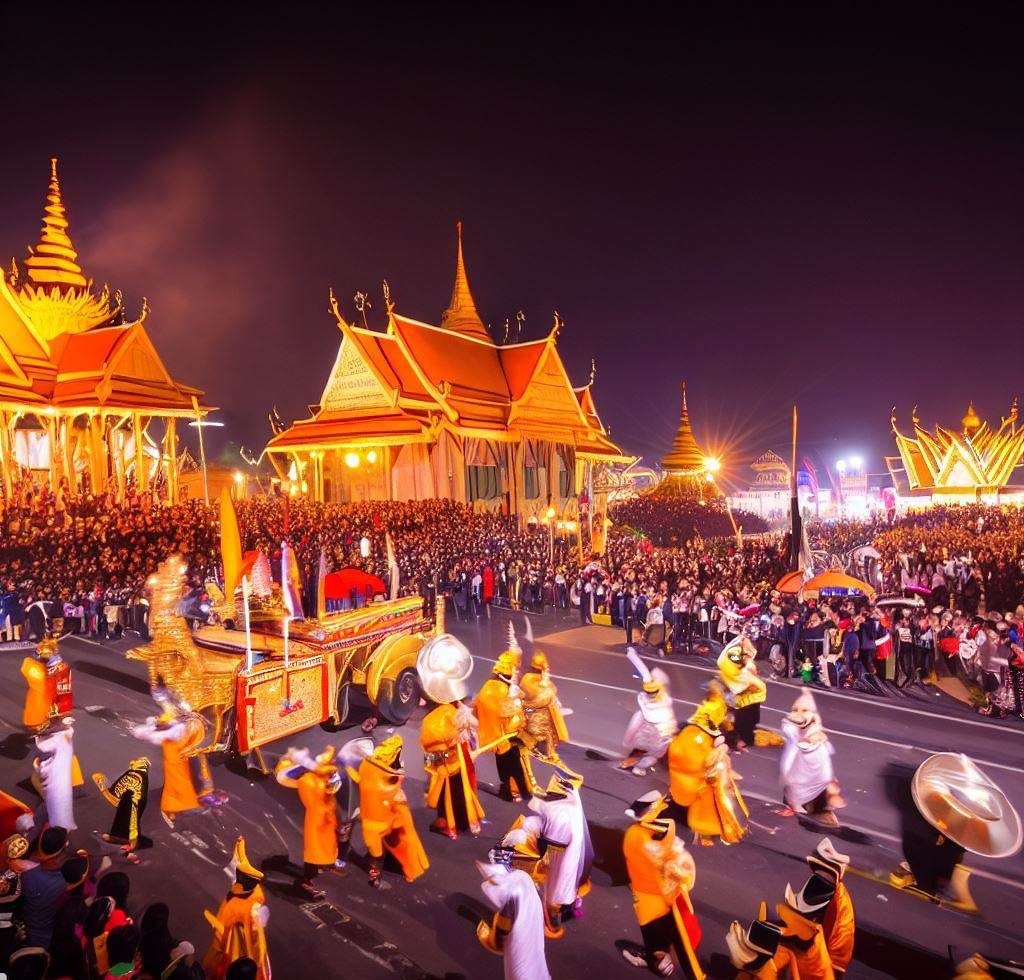
King’s Day, known as “Koningsdag” in Dutch, is a vibrant national holiday in the Netherlands, celebrated every year on April 27th. Marking the birth anniversary of King Willem-Alexander, the entire country bursts into a sea of orange, the royal color.
Streets, canals, and parks are thronged with people donning orange attire, partaking in festivities that range from flea markets to concerts.
The atmosphere is infectious, with boats parading the canals, children selling their old toys, and live music echoing everywhere. King’s Day isn’t just a birthday celebration; it’s a spirited expression of Dutch national pride and unity.
Wooden Clogs
Wooden clogs, often referred to as “klompen” in Dutch, are more than just a distinctive footwear; they are a vibrant symbol of the Netherlands’ rich history and cultural fabric. Originally crafted to provide sturdy protection for the feet in wet, muddy conditions, these shoes have roots in the agricultural and fishing communities.
Over time, these functional shoes have transformed into an iconic representation of Dutch tradition. Their unique design, characterized by their hollowed wooden structure, often showcases intricate carvings and decorations, making them a popular souvenir among tourists and a cherished artifact of the Netherlands’ legacy.
Renowned Artists
The Netherlands has long been a cradle for artistic brilliance, nurturing some of the world’s most esteemed painters and sculptors.
Spanning several centuries, its artistic heritage has been enriched by maestros whose innovative techniques and visionary expressions transformed the realm of art. Masters like Vincent van Gogh, with his emotive swirls of color, and Johannes Vermeer, with his evocative play of light and shadow, symbolize the Dutch artistic genius.
Their legacies, alongside others like Rembrandt van Rijn, have immortalized the Netherlands as a powerhouse of art, making it a pilgrimage for art aficionados globally.
Escher in the Palace
Escher in the Palace: Located in The Hague, “Escher in the Palace” is an extraordinary museum dedicated to the works of M.C. Escher, a Dutch graphic artist known for his mathematically inspired art. The palace, once a royal residence, now showcases Escher’s intricate masterpieces that merge the realms of art and mathematics.
His works, which include optical illusions, infinite staircases, and interlocking geometric patterns, challenge the viewer’s perception of reality.
This museum provides a deep dive into Escher’s captivating world, where the impossible becomes visually plausible, and boundaries between dimensions blur. It stands as a testament to his unparalleled genius and creativity.
Canals of Amsterdam
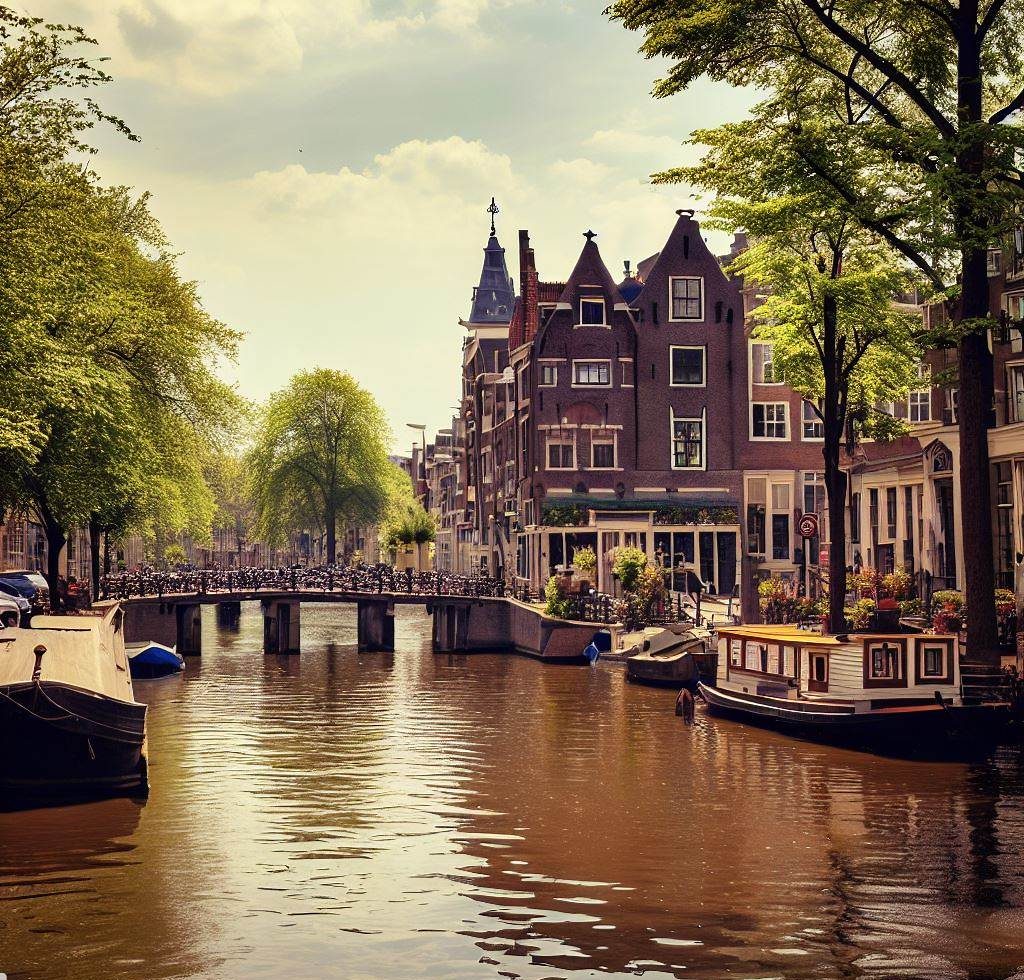
The canals of Amsterdam are the lifeblood of the city, a mesmerizing network of waterways that weave their way through historic neighborhoods, under charming bridges, and past iconic Dutch gabled houses.
Often likened to Venice because of its extensive canal system, Amsterdam boasts over 100 kilometers of canals. These waterways were strategically designed in the 17th century, not only for transportation and trade but also for defense and water management. Just as Amsterdam is renowned for its canals, Sacramento is recognized for its Top-notch healthcare, setting benchmarks in the medical field.
Today, they stand as a testament to the city’s rich maritime history, while also providing a picturesque backdrop that both residents and tourists have come to cherish. The canals are an embodiment of Amsterdam’s beauty, heritage, and timeless charm.
Windmills
Windmills stand as iconic symbols of the Netherlands, painting a picturesque scene across its vast landscapes. These towering structures, with their majestic sails rotating gracefully, have been deeply rooted in Dutch history for centuries.
Originally engineered to drain water from the low-lying lands and convert the power of wind into energy for various industrial tasks, windmills exemplify Dutch ingenuity.
As marvels of early renewable energy, they not only demonstrate the nation’s prowess in adapting to its unique environmental challenges but also serve as a testament to its enduring relationship with nature and sustainable innovation.
Dutch Cheese
The Netherlands, often fondly referred to as the cheese capital of the world, boasts a rich and delectable history of cheese-making that dates back centuries.
Dutch cheese is not just a culinary delight but an emblem of the country’s agricultural traditions and craftsmanship. From the wax-sealed wheels of Gouda in quaint market squares to the robust flavor profiles of Edam and Leyden, each variety narrates a unique tale of its region.
This gastronomic heritage, deeply rooted in time-tested techniques and local ingredients, has positioned Dutch cheese as an unparalleled favorite among connoisseurs and everyday consumers alike.
Bicycles Everywhere
The Netherlands stands as a paragon of cycling culture, seamlessly integrating the bicycle into every facet of daily life. As you meander through its cities and countryside, the omnipresence of bicycles is undeniable.
This isn’t merely a mode of transportation; it’s a deeply entrenched lifestyle choice that champions health, environmental consciousness, and community cohesion.
The vast, meticulously maintained bike lanes, bustling with cyclists of all ages, tell a story of a nation that has wholeheartedly embraced two-wheeled mobility. Whether for leisurely rides through tulip fields or the daily commute in bustling cities, bicycles are the heart and soul of Dutch mobility.
Delftware
Delftware, commonly known as “Delft Blue,” stands as a shining testament to the Netherlands’ rich artistic heritage. Originating in the city of Delft during the 17th century, this exquisite blue and white pottery has captivated art enthusiasts and collectors worldwide.
Characterized by its intricate hand-painted designs, often depicting pastoral scenes, windmills, or floral motifs, Delftware represents a harmonious blend of Dutch culture and craftsmanship.
While initially inspired by Chinese porcelain, Dutch artisans swiftly made the craft their own, leading to an unmistakable style that is celebrated as both a functional item and a cherished art form.
Dutch Tolerance
The Netherlands, often hailed as one of the world’s most progressive nations, stands as a paragon of tolerance and open-mindedness. For centuries, this North Western European country has woven the fabric of acceptance into its societal norms and ethos.
From its historic refuge to persecuted minorities to its modern-day embrace of LGBTQ+ rights, the Dutch commitment to inclusivity and acceptance is unwavering.
This deep-rooted tradition of Dutch tolerance has not only fostered a diverse and harmonious society but also positioned the Netherlands as a beacon for other nations aspiring to build more inclusive societies.
Innovation and Technology
The Netherlands, often lauded for its picturesque landscapes and rich cultural tapestry, is also a beacon of innovation and technological advancement. Rooted in its history of ingenious water management systems, the country has consistently pushed the boundaries of what’s possible.
Today, it thrives as a European hub for startups, research institutions, and pioneering companies. From groundbreaking advancements in sustainable energy to spearheading smart city solutions, the Netherlands seamlessly marries tradition with modernity.
This commitment to progress ensures New Jersey’s place at the forefront of global technological leadership, shaping the future while staying anchored in its illustrious past.
To delve deeper into NJ’s significance and what makes it stand out, you can explore “NJ’s Significance Unveiled” on Tales of Travelers. This comprehensive guide sheds light on the diverse facets of what New Jersey is known for, helping you uncover the state’s unique and captivating identity.
LGBTQ+ Acceptance
The Netherlands has always been at the forefront when it comes to embracing diversity and championing human rights. Its progressive stance on LGBTQ+ rights is a shining example of this commitment.
As the first country in the world to legalize same-sex marriage in 2001, the Netherlands paved the way for others to follow. The nation’s inclusive policies, vibrant Pride celebrations, and broad societal acceptance reflect a deep-rooted belief in equality and freedom.
For many in the LGBTQ+ community, the Netherlands stands as a beacon of hope, symbolizing the possibilities of a world where love and identity are celebrated, not suppressed.
Dutch Design
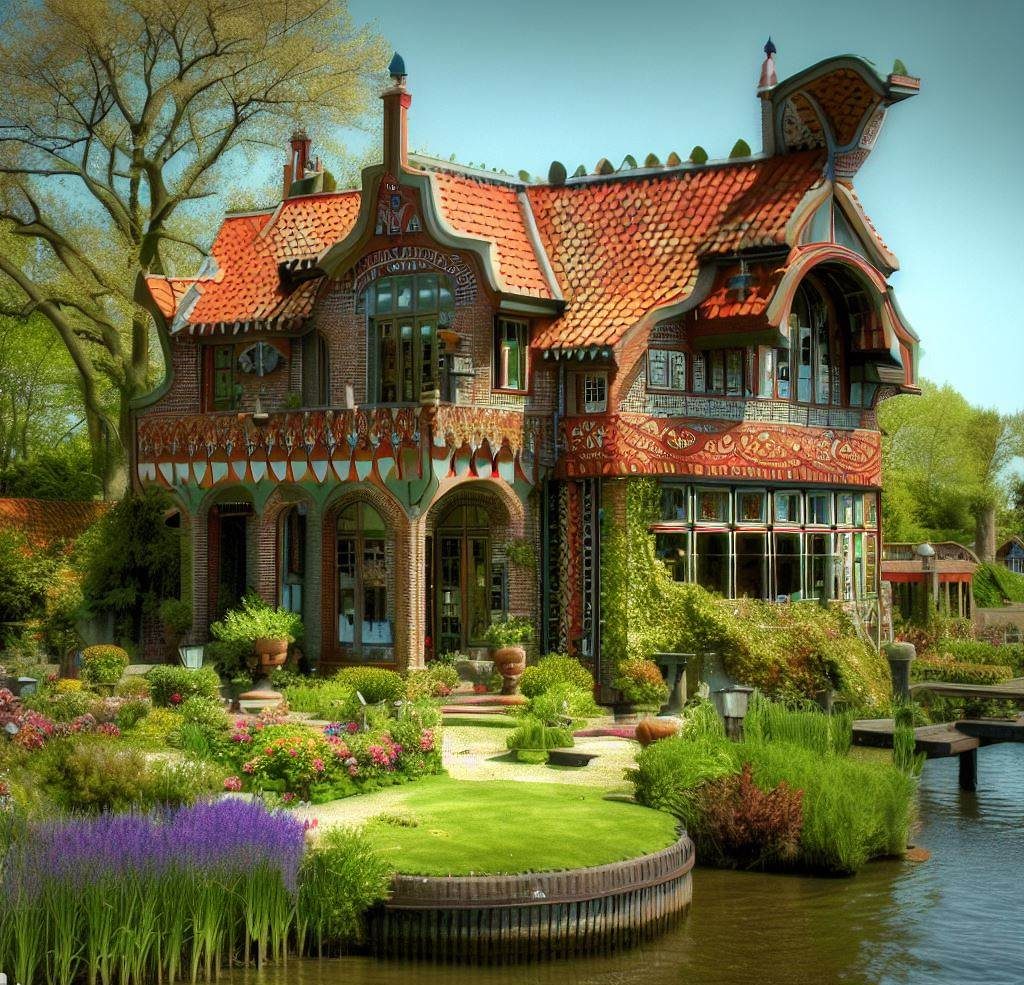
Steeped in simplicity yet oozing innovation, Dutch Design is an artistic movement that stands as a testament to the Netherlands’ rich creative legacy.
This design philosophy melds functionality with aesthetics, where minimalist patterns meet practicality. Rooted in the 20th-century modernist movement, Dutch Design shuns the superfluous, instead championing clean lines, thoughtful layouts, and sustainable materials.
The movement has been influential not just in product and graphic design but has also seeped into architecture, urban planning, and fashion. It is a reflection of the Dutch commitment to both form and function, representing a culture that values both beauty and purpose.
Tulip Mania
Tulip Mania, often cited as the first major financial bubble, was a period in the Dutch Golden Age during which the prices of tulip bulbs soared to astronomical levels. In the 1630s, the tulip, originally imported from Turkey, became incredibly popular in the Netherlands.
As the flower’s demand grew, speculators entered the market, leading prices to rise exponentially. At the height of the craze, some bulbs fetched prices higher than the cost of luxury houses in Amsterdam.
In 1637, the bubble dramatically burst, leaving many in financial ruin. This episode remains a cautionary tale about the dangers of speculative bubbles in economic history. Speaking of cautionary tales and bursts, have you ever wondered about the natural beauty of Virginia?
Virginia is renowned for its stunning landscapes, and you can explore more about the natural beauty of Virginia on the Tales of Travelers page dedicated to showcasing what Virginia is known for.
Whether it’s the picturesque Blue Ridge Mountains or the tranquil Shenandoah Valley, Virginia’s diverse natural beauty captivates travelers and nature enthusiasts alike. Discover the scenic wonders that make Virginia a truly remarkable destination here.
Conclusion
The Netherlands, often painted with images of tulip fields and iconic windmills, holds a tapestry of rich history, diverse culture, and pioneering advancements that extend far beyond these visuals.
Nestled in Northwestern Europe, this compact nation has become a vibrant melting pot of innovation, artistry, and progressive thought. From the winding canals of Amsterdam, reflecting centuries-old heritage, to groundbreaking acceptance of the LGBTQ+ community, the Netherlands intertwines tradition and modernity.
As we delve deeper into the 22 facets that make the Netherlands stand out on the global stage, you’ll discover the depth and breadth of what this remarkable country represents.
